Global Governance and Public Health
Global Governance and Public Health
Obstacles and Opportunities
Geoffrey B. Cockerham
London New York
Published by Rowman & Littlefield International Ltd
Unit A, Whitacre Mews, 2634 Stannary Street, London SE11 4AB
www.rowmaninternational.com
Rowman & Littlefield International Ltd.is an affiliate of Rowman & Littlefield
4501 Forbes Boulevard, Suite 200, Lanham, Maryland 20706, USA
With additional offices in Boulder, New York, Toronto (Canada), and Plymouth (UK)
www.rowman.com
Copyright 2018 by Geoffrey B. Cockerham
All rights reserved . No part of this book may be reproduced in any form or by any electronic or mechanical means, including information storage and retrieval systems, without written permission from the publisher, except by a reviewer who may quote passages in a review.
British Library Cataloguing in Publication Data
A catalogue record for this book is available from the British Library
ISBN HB 978-1-7866-0848-2
PB 978-1-7866-0849-9
Library of Congress Cataloging-in-Publication Data
Names: Cockerham, Geoffrey B., author.
Title: Global governance and public health : obstacles and opportunities / Geoffrey B. Cockerham.
Description: London ; New York : Rowman & Littlefield International, [2018] | Includes bibliographical references and index.
Identifiers: LCCN 2018025561 (print) | LCCN 2018026253 (ebook) | ISBN 9781786608505 (Electronic) | ISBN 9781786608482 (cloth : alk. paper) | ISBN 9781786608499 (pbk. : alk. paper)
Subjects: LCSH: GlobalizationHealth aspects. | World health.
Classification: LCC RA441 (ebook) | LCC RA441 .C63 2018 (print) | DDC 362.1dc23
LC record available at https://lccn.loc.gov/2018025561

The paper used in this publication meets the minimum requirements of American National Standard for Information SciencesPermanence of Paper for Printed Library Materials, ANSI/NISO Z39.481992.
Printed in the United States of America
Contents
Preface and Acknowledgements
The purpose of this book is to introduce students to the politics of global health and global health governance utilizing prominent theories of international relations. To accomplish this objective, the approach I have taken is to familiarize the reader with these theories in the first chapter, and then apply their logic and insight to help better understand various actors and issues in global health. To supplement the content in the chapters, I have also included discussion questions and suggested readings at the end of each chapter. Hopefully, the questions will help facilitate interesting thoughts and engaging discussions in the classroom about the material covered in each chapter, and the suggested readings will provide useful information for those interested in further research on international relations theory and global health. Two lessons, in particular, that I hope the reader will come away with from this book are: 1) although financing, medicine, science, and technology are endemic features of global health, politics frequently dictates their use and influence, and 2) the complex and disaggregated nature of global governance makes it extremely challenging to solve health problems that cut across national borders.
There are many individuals who I would like to thank in the development of this project. Jay DeSart, David Yells, and especially David Connelly of Utah Valley University were all very supportive of travel and leave time for my research and preparation of this manuscript. In addition, I would also like to thank my colleagues in the Department of History and Political Science at Utah Valley University for their support and collegiality, especially my fellow IR colleagues, Baktybek Abdrisaev and Hong Pang for their interest in this project. I also would like to express appreciation to all of the excellent panels that I participated in organized by the Global Health Studies section of the International Studies Association over the last couple of years. In particular, I would like to thank my panel discussants Owain Williams, Vlad Kravtsov, and Stefan Elbe who gave me great feedback on certain portions of this manuscript presented at the conference. I must also thank Lawrence Gostin and Jeffrey Crowley for selecting me for admission to the ONeill Institute Summer Program on Infectious Diseases and the Law at Georgetown University Law Center in 2015. This program proved to be inspirational and provided me with several ideas on how to approach some of the material in this book. It is also necessary for me to thank Dhara Snowden and Rebecca Anastasi at Rowan and Littlefield International for their support of this book, and tremendous assistance during the proposal and publication process.
This book also would not have been possible without the support of my family. I would like to express my appreciation to my father, William, who was willing to read and make comments on early versions of this manuscript, and my mother Cynthia, who consistently gave me encouragement and advice along the way. Also, my mother-in-law, Linda Hyer, who was willing to provide emergency child care as I was racing to meet deadlines. And, of course, I thank my wife, Erin, and my children, Anthony and Michael, for their love and support. I dedicate this book to them.

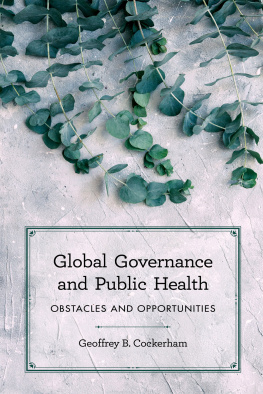
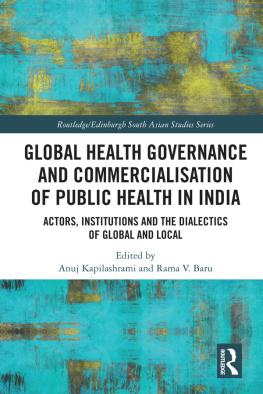


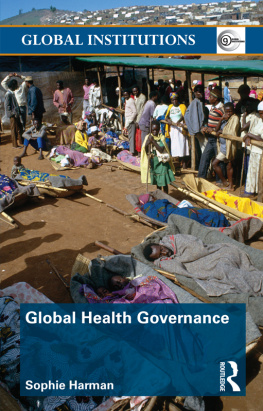


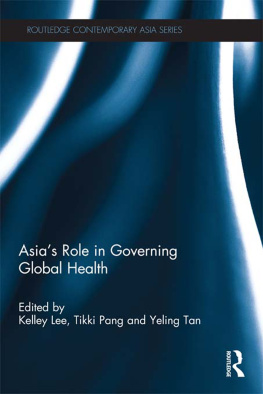
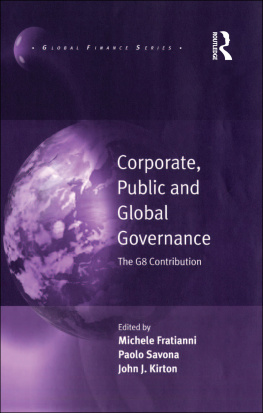
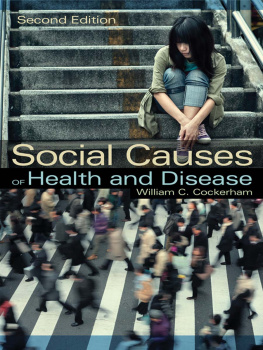

 The paper used in this publication meets the minimum requirements of American National Standard for Information SciencesPermanence of Paper for Printed Library Materials, ANSI/NISO Z39.481992.
The paper used in this publication meets the minimum requirements of American National Standard for Information SciencesPermanence of Paper for Printed Library Materials, ANSI/NISO Z39.481992.